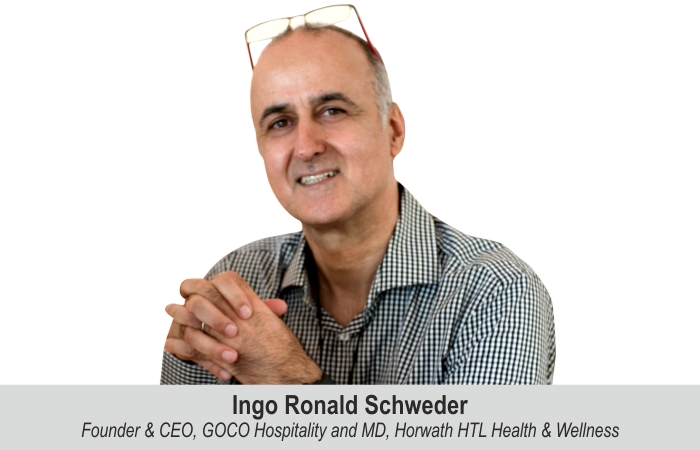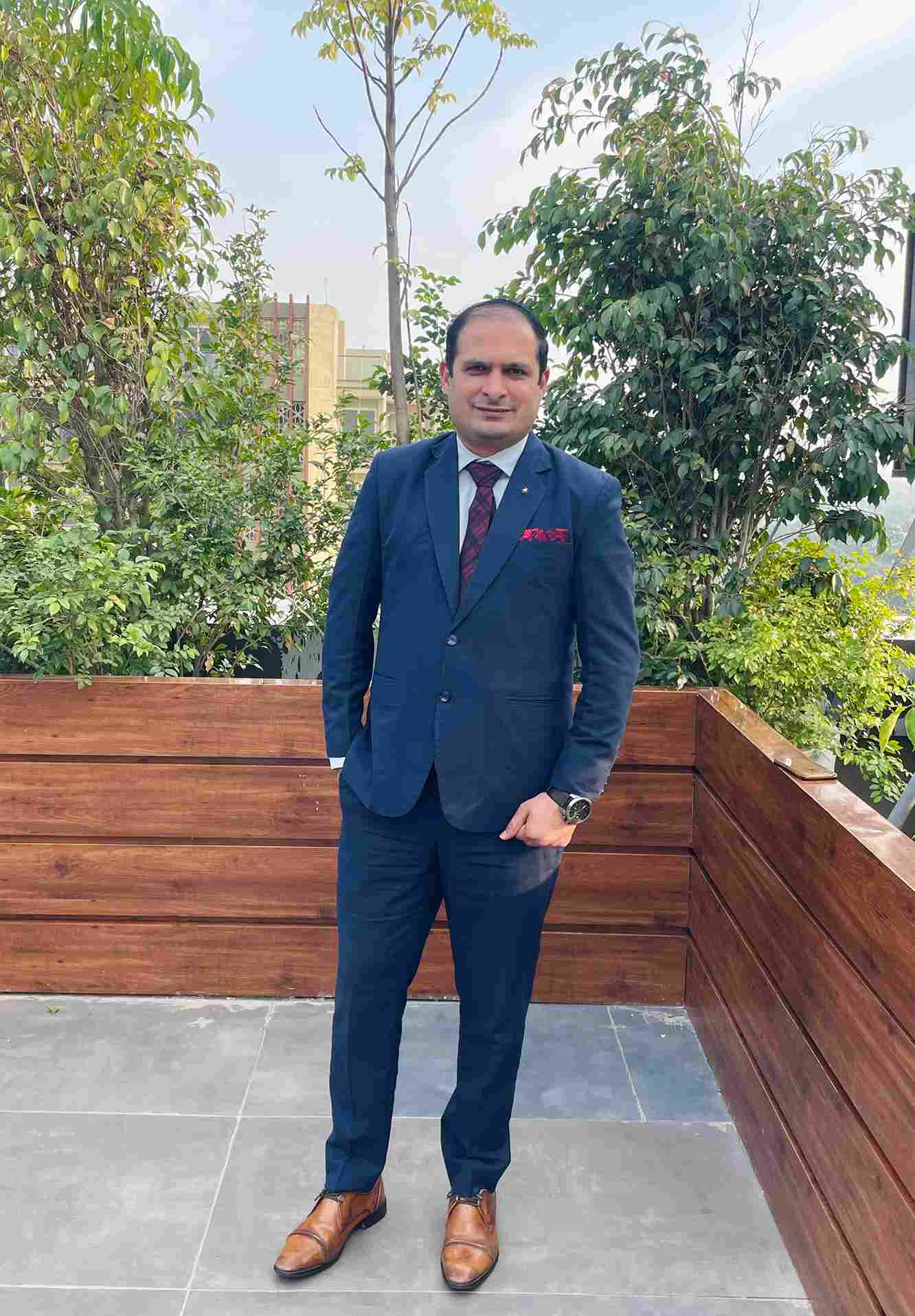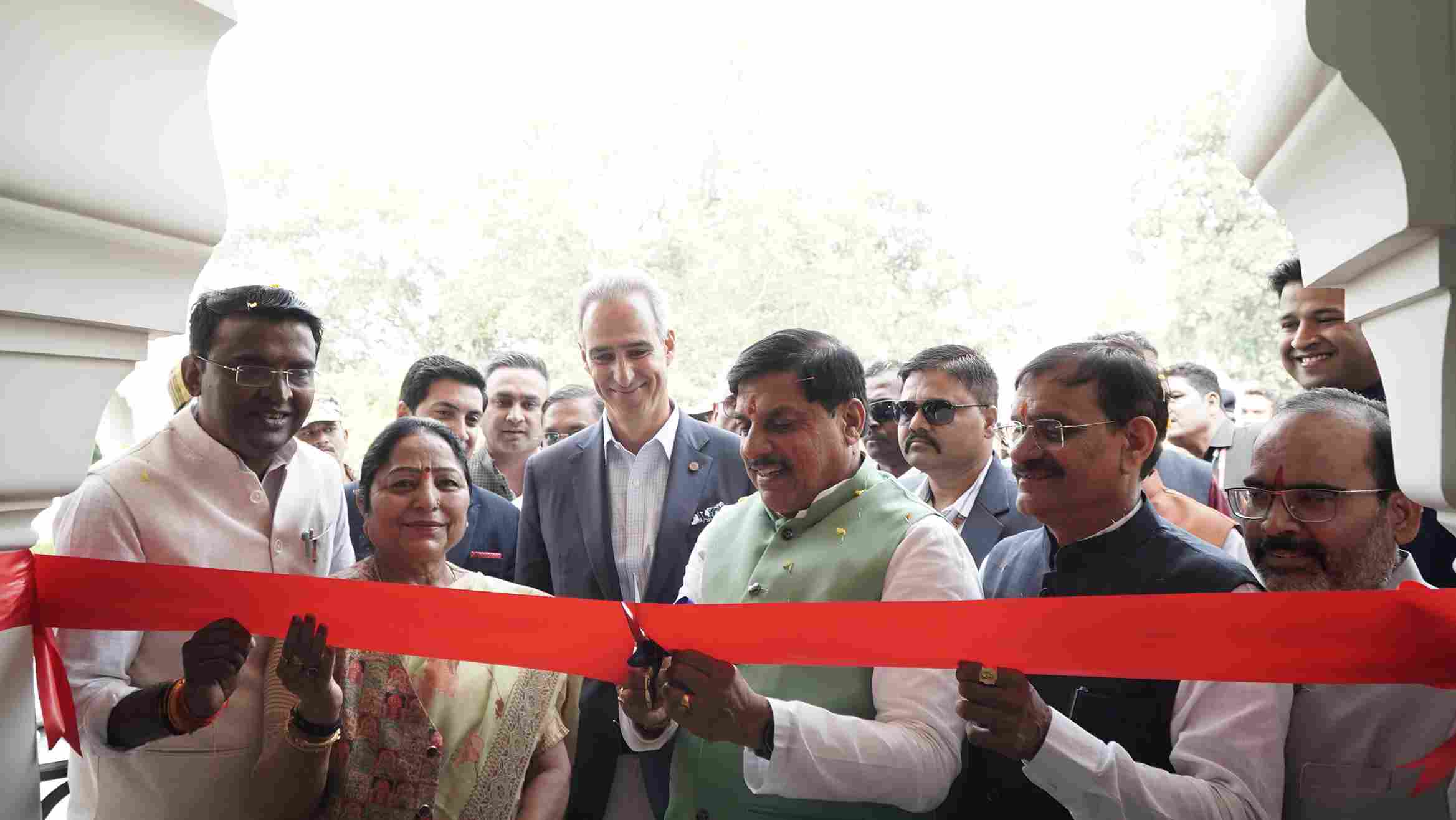Growth of global wellness tourism in 2021 will still be largely driven by secondary wellness travellers who seek to maintain their health and well-being while enjoying the experiences of a regular trip or destination getaway, says Ingo Ronald Schweder, Founder & CEO at GOCO Hospitality and MD at Horwath HTL Health & Wellness.
International wellness tourism trips grew 12 per cent annually between 2015 and 2017, significantly faster than domestic tourism trips. And despite domestic wellness travel dwarfing international wellness travel over the same period, international wellness trips represented a proportionally larger share of expenditures because the average level of spending for an international trip is much higher. Growth rates will undoubtedly be reduced over the next few years, but a similar or larger growth rate is expected to return, notably at a faster rate than the wider hospitality industry as a whole.This data helps support the claim that wellness has never been more important than in current times.
Wellness as a business driver
As people begin to seek more experiential travel opportunities and wellness-centric experiences, the hospitality industry has a unique and much-needed opportunity to leverage wellness as a key service proposition. This can lead to the creation of better brand positioning, increased revenue generation and a more sustainable model that has the ability to better react to future crises. This change will engage and more effectively service the needs of both health-enlightened and uninitiated guests alike. The Global Wellness Institute estimates that international wellness travellers spend at a 53 per cent premium over the average international tourist, while domestic wellness travellers spend at a 178 per cent premium over their standard domestic counterparts.
In addition, overall rising consumer interest in extending wellness experience beyond the hotel and vacation setting into the home and everyday life will continue to create opportunities for the industry, manifesting itself in a surge in wellness real estate investments and workplace wellness initiatives.
Benefits of a healthy workforce
The economic burden of an unwell workforce is estimated to be at 10-15 per cent of global economic output, factoring in medical costs, productivity losses caused by chronic disease, work-related stress, injuries, illness and disengagement. However, worldwide, less than 10 per cent of workplace benefits include workplace wellness initiatives, with the majority of workers more concerned about their employers meeting the most basic needs. Now, primary concern has understandably shifted towards job stability and workplace safety. Soon, concern will shift again to address the post-pandemic need for a maintained state of health and well-being, with greater demand for more comprehensive healthcare benefits and dedicated workplace wellness solutions. Needless to say, as people’s expectations rise, the term ‘health and wellness’ and the practices surrounding it will become more and more commonplace across all facets of life, and therefore, so must the offering and evolution of wellness in the hospitality sector.
Conclusion
In the wake of the coronavirus pandemic, global well-being is expected to remain sharply in focus both in terms of physical need and collective cultural narrative. The World Bank predicts as many as 150 million people will fall into extreme poverty by 2021 and suggests that a number of middle-income countries will see significant numbers of urban dwellers slipping below the poverty line for the first time, identifying a significant shift in the spending power of those who may have previously had the economic stability to enjoy travel and wellness tourism.
The wellness economy’s future, and specifically that of wellness hospitality, will be strongly influenced by the significant global changes seen over the last year. Certainly, the predicted growth of the pre-pandemic era will take time to correct, but due to fast-growing trends surrounding health, immunity, and well-being, the hospitality industry is poised to see a fast recovery if the correct steps are taken.
 TravTalk India Online Magazine
TravTalk India Online Magazine





